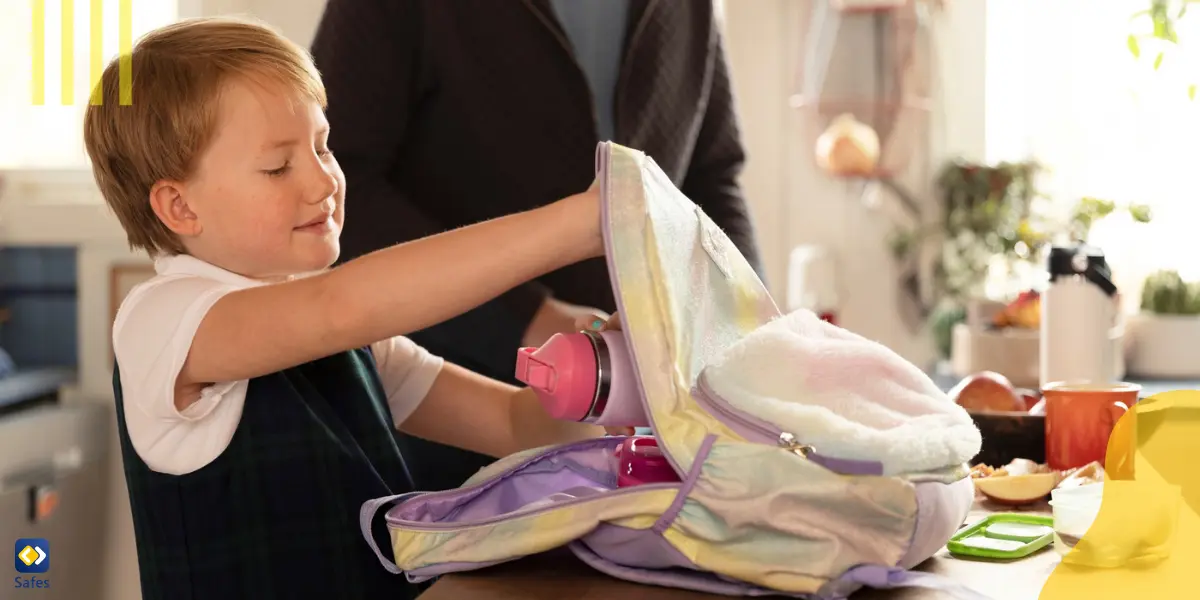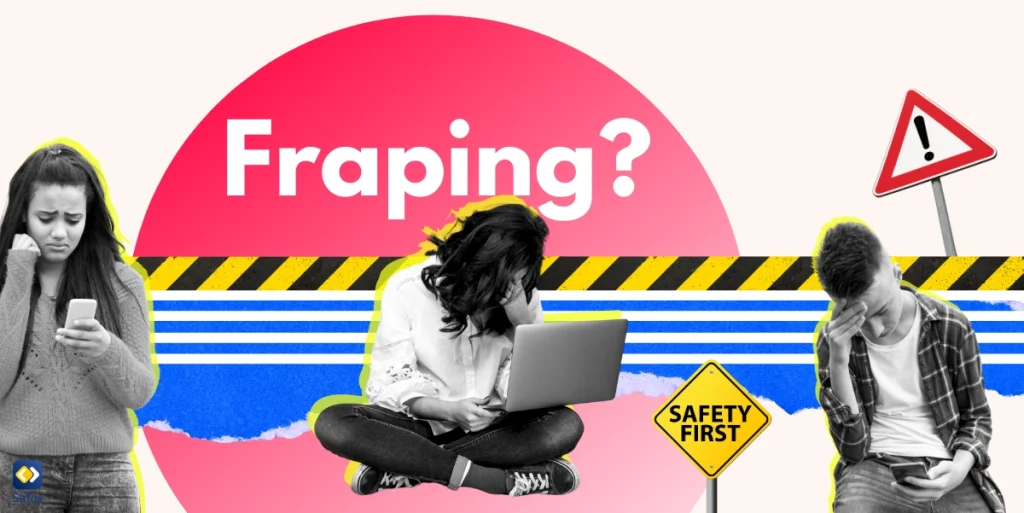Raising a child who can confidently navigate the world on their own is many parents’ goal. But how do we train and raise an independent child? It’s not just about teaching them to tie their shoes or make their bed; it’s about fostering a sense of confidence and capability that will stay with them as they grow.
Download and Start Your Free Trial of the Safes Parental Control App
In this blog, we’ll explore practical tips, insights, and everything you need to know to help you cultivate independence in your children. But first, let’s discuss what activities children should be able to do in different age ranges.
At What Age Should a Child Be Independent?
The age at which a kid can be considered independent differs from child to child. However, certain factors can be our guidelines to foster independence:
- Early Childhood (2-5 years): Toddlers and preschoolers can become independent by completing simple tasks like dressing themselves, picking out their toys, and helping with basic chores.
- Middle Childhood (6-11 years): School-age children can take on more responsibility, such as making their bed, preparing simple meals or snacks, managing personal hygiene routines, and completing homework assignments with minimal supervision.
- Adolescence (12-18 years): Teenagers are capable of handling greater levels of independence, including managing their schedules, making decisions about extracurricular activities, handling money, and maintaining social relationships.
The goal is to gradually empower children to take on levels of responsibility and decision-making as they mature while providing them with help and support along the way. Every child develops at their own pace, so it’s important to tailor expectations and opportunities for independence to each child’s abilities and readiness.

What Happens If Children Don’t Learn to Be Independent?
Without the opportunity to make decisions and solve problems on their own, children may not become confident in their abilities. They may constantly seek help and validation from others, leading to low self-esteem. Being overly reliant on their parents leads to a lack of autonomy and various consequences as they get older.
Moreover, an independent child learns to take risks and gain experience from mistakes. Children sheltered from failure may have a fear of trying new things or taking on challenges, limiting their growth and potential. As a result, they cannot cope with life challenges, impacting their future.
Finally, a lack of independence can hinder children’s ability to form healthy, balanced relationships. These are the reasons why parents need to put energy and effort into training their kids to be independent. It equips them with the skills and confidence they need to overcome the complexities of life and become more self-reliant.
What Makes a Child Independent?
Several factors lead to developing a sense of independence for children, among which parents play a crucial role. In 2021, a study by a group of experts, including Negin A. Riazi, focused on family perspectives on children’s independent mobility (CIM). According to its findings, CIM is more likely when:
- Children feel confident in their abilities
- Parents trust their children
- Parents and children have good communication
- Parents have positive memories of their own childhoods
- The family has a positive neighborhood environment
The study also suggests that efforts are needed to improve these conditions to improve different factors like the environment and social aspects.
How to Raise an Independent Child?
In the previous section, we discussed the factors leading to the childhood process of becoming independent. Aside from environmental factors, parents also can develop children’s independence in several ways.
Communication within the Family
Effective communication within the family is the key to fostering childhood independence. When families communicate openly and respectfully, children are encouraged to express themselves, understand their own feelings, and empathize with others. This communication develops a sense of trust and connection, giving children a foundation to explore their independence.
Early Childhood Education
Preschools and early learning environments help children to socialize, collaborate, and explore their interests in a structured setting. This is when they learn to do independence activities and interact with others. Therefore, they can learn valuable skills such as decision-making, problem-solving, and self-regulation in children. Moreover, research suggests that early childhood education programs that emphasize social-emotional development and independence are considerably helpful.
Parenting Styles
The way parents raise their kids directly impacts their abilities to become independent. The authoritative parenting style is all about being caring, responsive, and having clear rules. This method tends to help kids become more independent. By finding a balance between being caring and setting rules, parents help kids learn to take responsibility and feel confident in themselves.
On the other hand, overprotective parents can hold kids back from becoming independent by limiting their opportunities for autonomy and decision-making. Allowing children to experience age-appropriate challenges and learn from mistakes fosters their strength and resilience.

Final Word
Raising independent child involves families, teachers, and communities working together. Effective communication, early childhood education, and supportive parenting styles all play vital roles in empowering children to become confident and capable of tackling life’s challenges.
However, in today’s digital age, parents face more challenges in guiding their children and helping them become independent while ensuring their safety and well-being in online environments. In this time and age, it’s common for children to spend their time playing with phones and exploring the online world. Therefore, they have unlimited access to information and communication, bringing both opportunities and risks.
However, you don’t have to worry as long as you have a powerful tool to monitor your child’s online activities! Safes is our parental control app that provides parents with the tools they need to manage their children’s online experiences, ensuring a safe and healthy digital experience. From setting screen time limits and filtering inappropriate content to tracking location and managing app usage, Safes allows parents to protect their beloved kids. If you have tried the Parental controls on Android or other devices before, you’ll have an amazing experience with Safes, accessing every single parental control option you need, all in one app!
So, please don’t hesitate to download the app for Android and iOS and test how the app works in advance by using our free trial.
Your Child’s Online Safety Starts Here
Every parent today needs a solution to manage screen time and keep their child safe online.
Without the right tools, digital risks and excessive screen time can impact children's well-being. Safes helps parents set healthy boundaries, monitor activity, and protect kids from online dangers—all with an easy-to-use app.
Take control of your child’s digital world. Learn more about Safes or download the app to start your free trial today!




